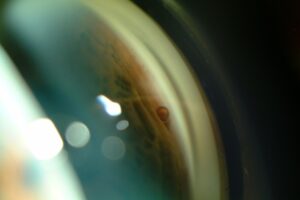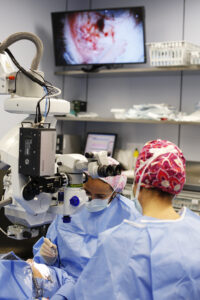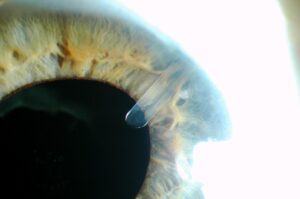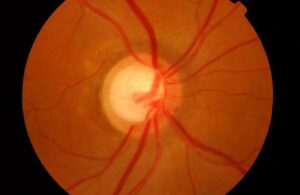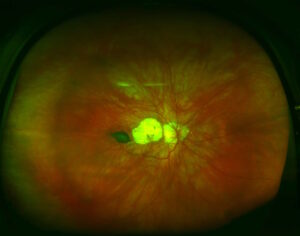Treatments
Glaucoma surgery
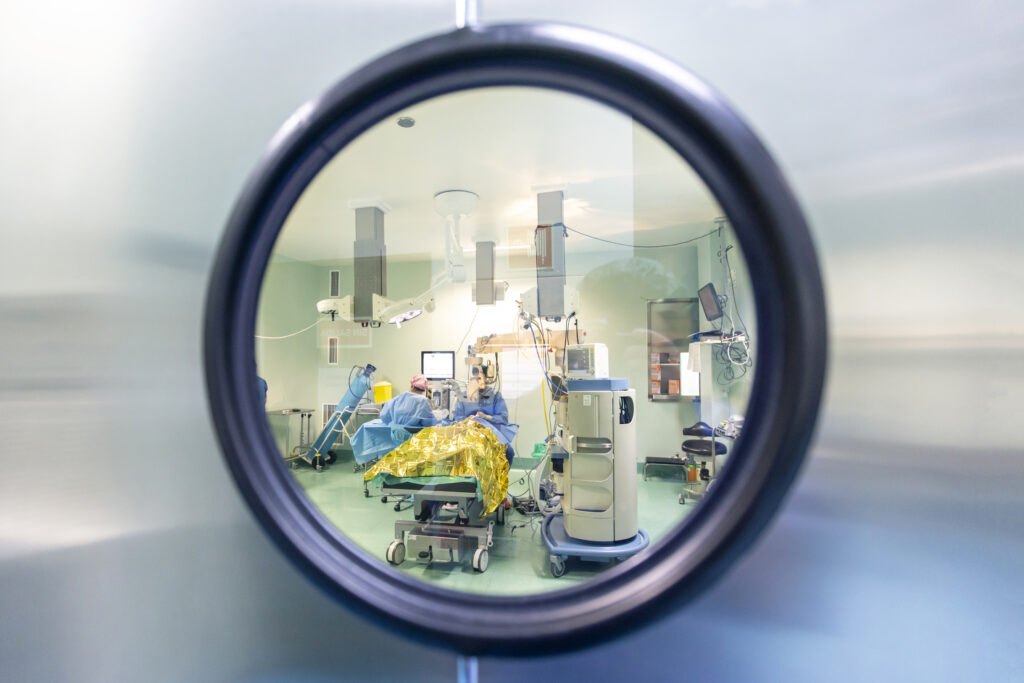
What does glaucoma surgery involve?
Glaucoma surgery encompasses different surgical techniques aimed at slowing down or stopping the evolution of this chronic eye disease. The aim of the surgery is to prevent the visual limitation from progressing and becoming more severe, as the damage that has already been done to the optic nerve is irreparable and the vision loss cannot be recovered. In order to slow down the evolution of the disease, the different types of glaucoma surgeries seek to reduce intraocular pressure levels.
Ocular hypertension is the main modifiable risk factor for this pathology and generally occurs because the liquid inside the eye (aqueous humour) does not drain properly, presses on the optic nerve and ends up damaging it. Some glaucoma patients do not have ocular hypertension, although, in these cases as well, lowering the pressure helps to protect the optic nerve from more rapid and severe deterioration.
Techniques
Glaucoma surgery has evolved a lot recently and, although a few years ago it was reserved for advanced cases of the disease, it can now be performed at an earlier stage, thanks to less invasive procedures that reduce the risk of complications. This is a field of ophthalmic surgery in constant evolution, which requires a team trained in the application of the latest techniques and implants.
These are the main surgical solutions for glaucoma that we offer you at Miranza’s clinics, based on a customised assessment and indication:
Eye diseases treated
Surgery is usually indicated when treatment for glaucoma with eye drops is poorly tolerated or insufficient to keep intraocular pressure at bay. Another alternative prior to surgery can be an in-office laser treatment.
Recovery
You may notice blurred vision and eye discomfort during the first weeks, although recovery will vary depending on the technique used and the response of each patient.
A postoperative follow-up, especially in the first month after surgery, is very important to monitor the healing process of the eye. This occurs as a reaction of the body itself to the new pathways opened in the eye structures to facilitate the drainage of the aqueous humour, which can close and make the surgery less effective, even if we have performed it successfully.
The risk of closure is always present, even years after the surgery. Therefore, if you have had glaucoma surgery, it is important that you maintain regular control of your intraocular pressure with your ophthalmologist. This will enable us to determine whether it is necessary at any time to start a maintenance drug treatment or to perform a new surgery. In fact, you should know that it is common for patients with complex glaucoma to require a second or even a third surgery.
Do not hesitate to contact us to offer you our support and advice on glaucoma.
